Description
In the northeast of Ghazar Khan village, on a high mountain of unidirectional stone with a height of 2100 meters from the sea level, which leads to the horrible abyss, is a magnificent castle, reported by Hamdallah Mostofi in the year 226 AH, by Dai al-Haig Hasan bin Zayed al-Bakri, in the year 483, has been captured by Hasan Sabah and is now called Ghaleh Alamut or Castle of Hassan. The only way to enter the castle at the end of the north-eastern side – a few meters below the eastern tower of the castle – is located on the mountain hodokan over a relatively large distance overlooking it. In this area, a tunnel is cut into slate that has 6 meters in length, 2 meters in width and 2 meters in height. After passing through this passage, the remains of the south tower of the castle and its south western wall are made visible on a steep slope of the slate. On the southern slopes of Qaleh Mountain, the Khandagi is approximately 50 meters long and 2 meters wide, filling it with the water that comes into the castle, so that there is no way to penetrate that frontier. On the steep slopes of other cliffs, wherever the rages of the invaders went up, they dug gullies and the upper wall obliquely obeyed to allow any passage to pass. Also, everywhere there is slime, they have blocked the entrance door by building stone or brick walls. Passing through the foot of the eastern wall of the castle, which is about 10 meters high and 5 meters high, we reach the main part of the castle that Hassan Sabbah’s hut was during his thirty-five years of residence in Alamut, and at the top of it were the remains of several rooms whose roofs collapsed to be seen. The fort was burned and burned after the submission of Rokn al-Din Khor Shah in Shawwal 654 AH. Since then he has been used as exile and prison. One of the wonders of Hasan castle is the complex water supply system with 10-cm diameter dashboards that have been drained from the “Chaldeer” spring and stored in rock basins. In the southwest, this part of the castle – in the midst of a steep slope that reaches deep abyss – is a pond in the rock of a size of approximately 5 × 8 m, which is never empty of water.











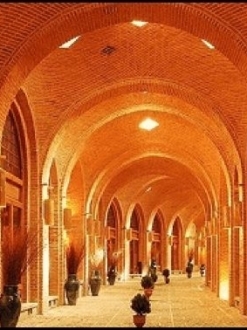

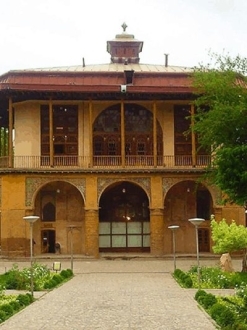
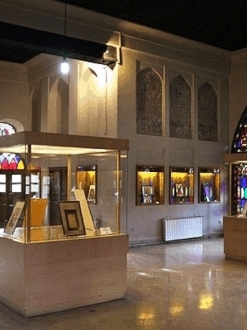

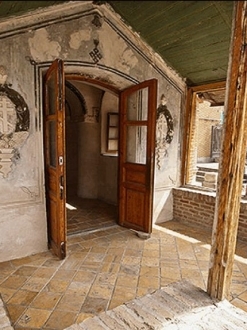
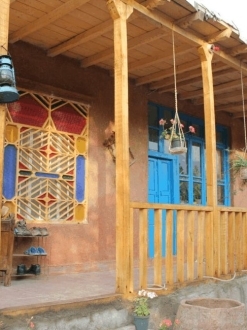
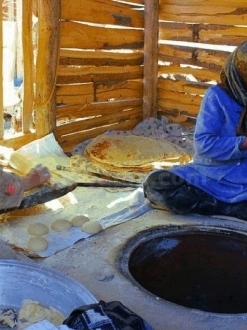




Reviews
There are no reviews yet.